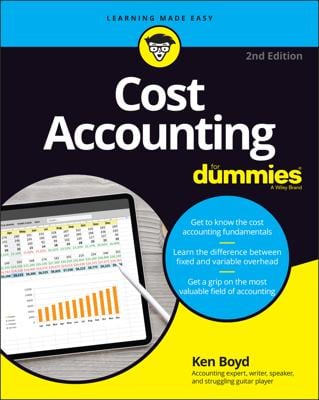

Many businesses invest in intangible assets. Intangible means without physical existence, in contrast to buildings, vehicles, and computers. Amortization refers to the allocation of the cost of an intangible asset over its estimated economic life. This expense is similar to depreciation expense.
Some examples of intangible assets include the following:
Only intangible assets that are purchased are recorded by a business. A business must expend cash, or take on debt, or issue owners’ equity shares for an intangible asset in order to record the asset on its books. Building up a good reputation with customers or establishing a well-known brand is not recorded as an intangible asset.
The cost of an intangible asset is put in the appropriate asset account, just like the cost of a tangible asset is recorded in a fixed asset account. Like a fixed asset account (with the exception of land), the cost of an intangible asset that has a limited useful economic life is allocated over its estimated useful life. (Certain intangible assets are viewed as having more or less perpetual useful lives.)